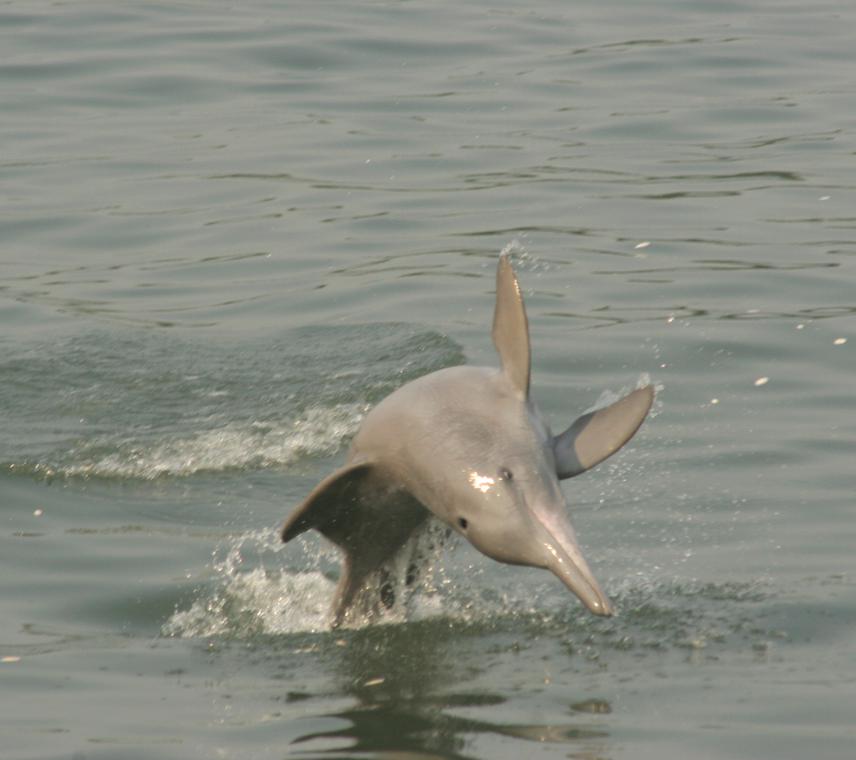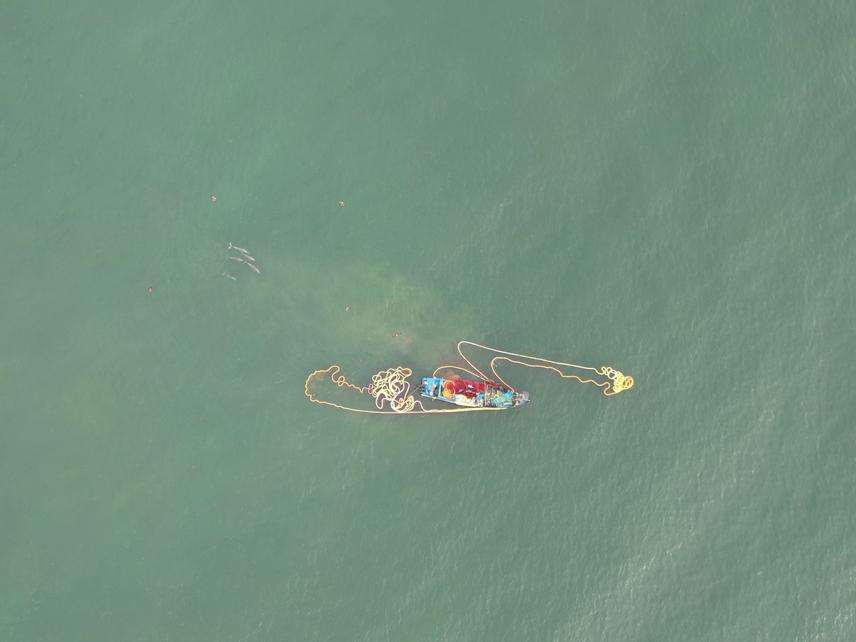Imran Samad
Other projects
1 Mar 2025
Safeguarding Goa’s Dolphins: Understanding Mortality and Promoting Sustainable Tourism for Indian Ocean Humpback Dolphin Conservation
The Indian Ocean humpback dolphin (Sousa plumbea) is an Endangered cetacean commonly found in the near-shore waters of India and is restricted to an extremely narrow shallow belt along the west coast. Their range therefore overlaps greatly with several anthropogenic pressures like coastal development, fisheries, pollution, and so on. In the estuaries of Goa, dolphin-watching tourism has grown in the past twenty years, and these dolphins must contend with two direct sources of disturbance/interactions i.e., fishing boats, that may expose animals to the risk of mortality from gear entanglement (bycatch) and tourism boats, that due to lack operational guidelines may chase animals for long distances. These vessels are sometimes active simultaneously, and their interactions with dolphins can be the primary causes of their high mortality levels as documented through stranding data.

Humpback dolphins are easily identified by a conspicuous hump on their back, from where the dorsal fin protrudes backwards. They are often seen chasing fish and foraging very close to the coast in India. © Dipani Sutaria.
This project will quantify the interactions between Critically Endangered Indian Ocean humpback dolphins, fisheries, and tourism vessels in the estuaries and coast of Goa, India, to devise stakeholder-inclusive management strategies for minimizing dolphin risk of bycatch and fisher gear depredation. The main objectives of this project are:

Dolphin pods are often seen close to fishing vessels and can interact with them to obtain fish. © Imran Samad.
1. To develop novel methods to estimate dolphin mortality from vessel/fishing gear interactions using available dead animal stranding database, ocean circulation models and remote sensing data.
2. To estimate the Indian Ocean Humpback dolphin population size in Goan waters and assess their habitat use in the presence and absence of vessel disturbance.
3. To quantify and understand how prey distribution, fisheries, and tourism impact dolphin behaviour, mortality rates, and dolphin-fisheries interactions.
4. To engage with fishers, local community members and tourism operators to develop a) a participatory network that helps monitor the dolphin population and b) bycatch mitigation strategies and eco-tourism guidelines.
Header: Vantage points like these allow us to observe and record dolphin behaviour non-invasively. © Imran Samad.